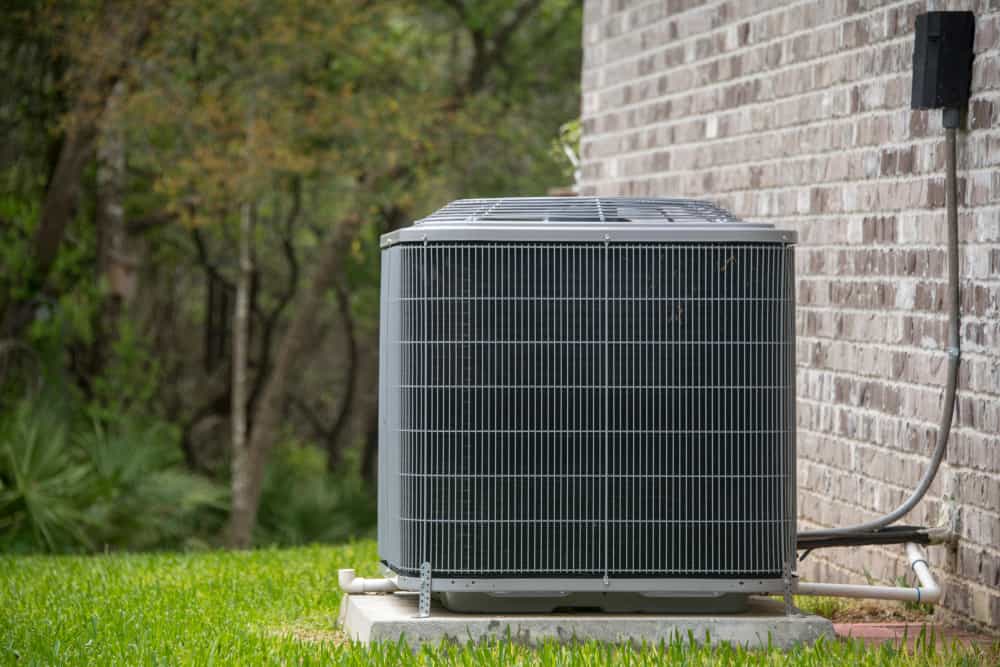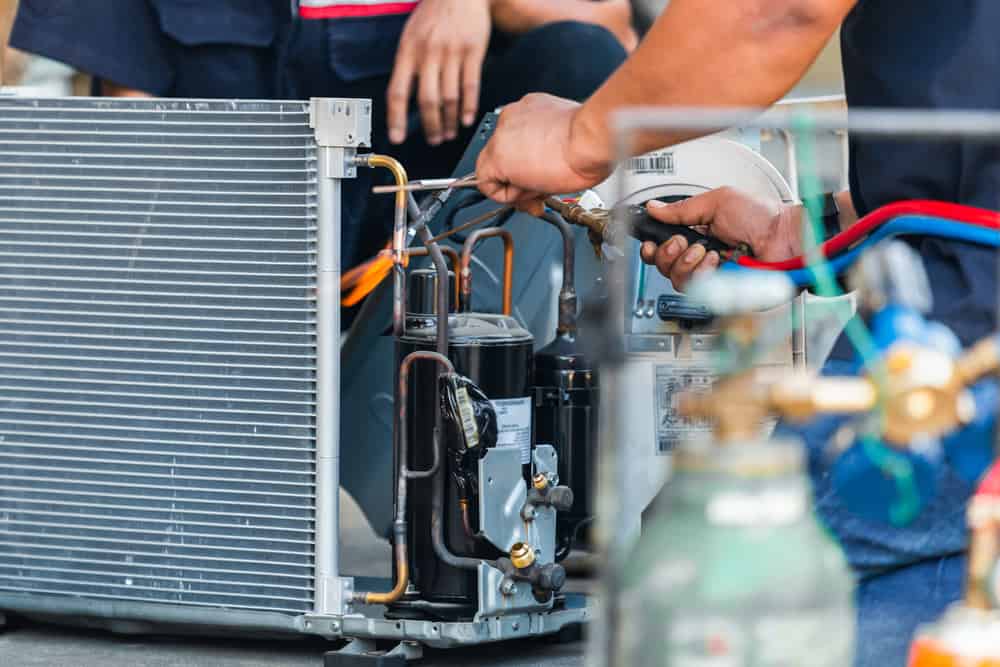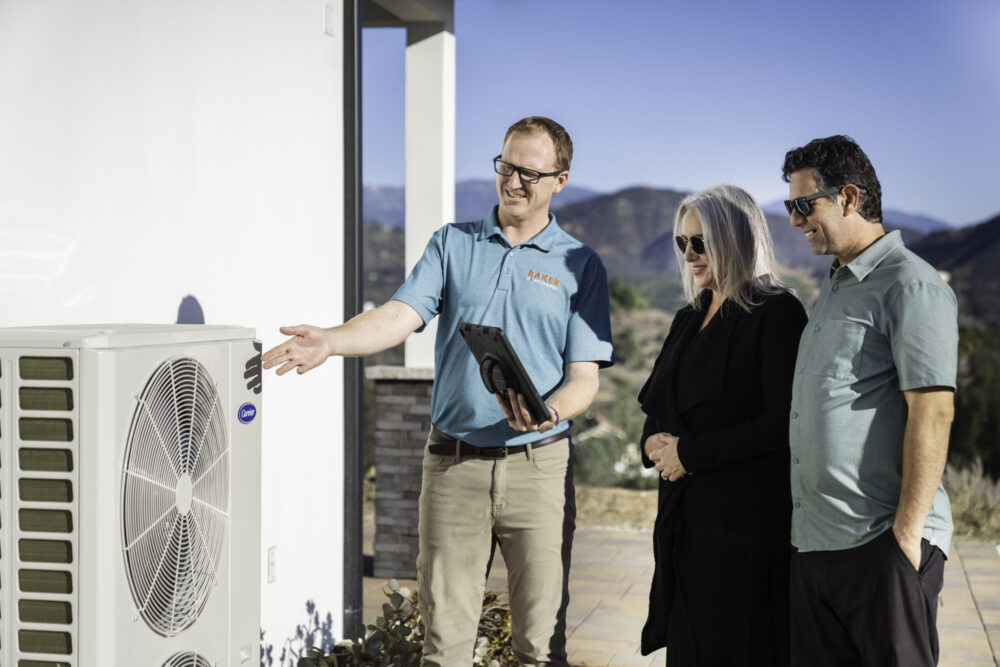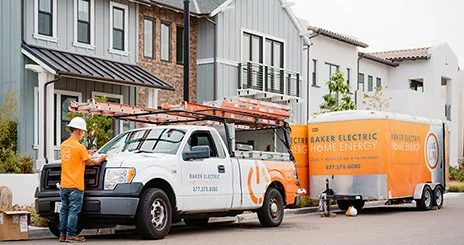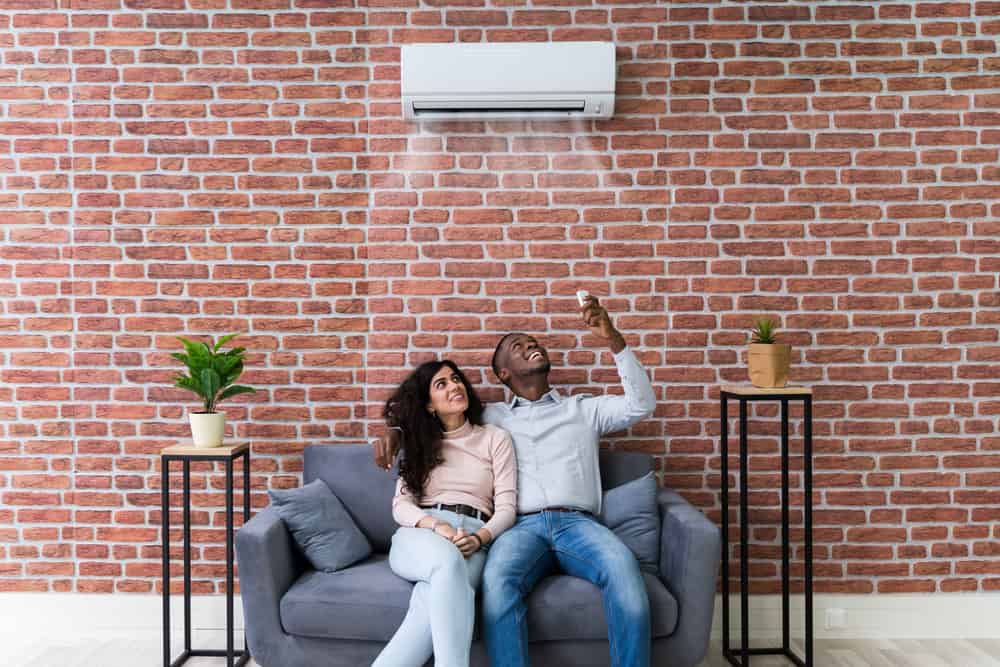
When homeowners consider installing a new home air conditioning unit, or replacing or upgrading an existing one, the cost of the individual unit and the installation charges are where most people focus their attention.
This article takes a look at some additional factors in determining the cost of adding air conditioning to your home, and why you should team up with a heating and cooling expert to select the best cost-effective option to suit your requirements.
Key Factors In the Cost of Adding Home Air Conditioning
Just as computer technology doubles in capability and decreases in price every 18 months, today’s air conditioning systems are more affordable and more energy-efficient than systems older by only a few years.
For a more drastic comparison, today’s units consume 30-50% less energy to produce the same amount of cooling as units manufactured in the 1970s. That’s nearly 1% improvement per year over the last 50 years—and today’s air conditioning systems have increased energy efficiency by at least double that amount, depending on your individual unit and usage.
Even if your air conditioner is only 10 years old, replacing it with a newer,
energy-efficient model can save 20-40% of your cooling energy costs.
The efficiency, in turn, is dependent on the type and size of the unit, as well as the quality of your installation. This is why you should evaluate all pre-installation considerations to properly calculate the cost of adding air conditioning to your home.
Type of Air Conditioning Unit
Are you looking for an individual unit or central air conditioning system for your home?
Individual units such as window units fall into the lower price range but have limited cooling capabilities restricted to one or two rooms. Portable AC units are also individual units best suited for homes in milder climate regions, where air conditioning is only needed a few weeks out of the year.
Compared to individual units, central air conditioning systems are more efficient and more expensive. These are categorized into split-system and packaged systems. In a split-system, the indoor cabinet contains the heat exchanger and blower, and may also contain a furnace or the indoor heat exchanger of a heat pump. For residences with furnaces and no air-conditioning, a split-system unit may be the most economic cooling option.
On the other hand, packaged HVAC units have every part of the system—evaporator coil, condenser, and compressor—all housed in one metal cabinet that can be installed outside the home. Naturally, such units are better suited to homes with less indoor or underground installation space.
Size of Air Conditioning Unit
Goldilocks was right: it’s important to get the sizing JUST RIGHT. Installing the proper size air conditioning unit is critical in order to ensure maximum energy savings.
An undersized unit will not be able to make the air cool enough for a comfortable indoor temperature on the hottest days. A unit that’s too big for your home will be unable to remove humidity adequately. When the indoor air is too humid, you may have to reduce the thermostat setting or use a dehumidifier, both options that increase energy usage to cool the house.
Ductwork and Design
The ductwork is another deciding factor that affects the cost of adding air conditioning to your home. Improper duct installation can greatly diminish the efficiency of your air conditioning unit.
Packaged central AC units require additional ductwork, with supply and return ducts coming through the wall or roof to connect to the outside system. Whenever possible, the ductwork should be installed within the conditioned space—not in the attic. Additional ductwork adds more expenses for air conditioning your home.
Compared to central forced-air systems, the ductless mini-split air conditioning systems offer installation flexibility without the ductwork or associated energy losses. However, ductless mini-split AC units are significantly more expensive than window units and central air conditioning systems. The average cost of mini-split systems is about $1500 – $2000 per ton (12,000 Btu per hour) of cooling capacity.
Energy Efficiency
The seasonal energy efficiency ratio (SEER) determines the energy efficiency of air conditioning units. Some of the newer AC units have SEER ratings as high as 26. A higher SEER rating also means an increased upfront cost for the air conditioning unit. However, an energy-efficient HVAC system ensures your electricity bills are lower, which translates to long-term energy savings.
Labor
The physical process of installing an air conditioning unit plays another key role in optimizing its efficiency. A modern energy-efficient AC unit—if installed incorrectly—can perform as poorly as much older models. Depending on the type of system you choose, your HVAC contractor could add charges for adding new breakers in the electrical panel, wiring, or any additional ductwork, building an outdoor concrete pad, and mounting the unit itself, among other costs.
Yearly maintenance of your AC unit further increases the indirect costs to add air conditioning to your home. With so many factors contributing to the installation costs, you need an expert opinion before investing a significant sum towards your home’s cooling requirements.
Partner With A Heating and Cooling Professional To Determine the Right Air Conditioning Option
At Baker Home Energy, we have a broad selection of high-efficiency air conditioning systems. With our licensed and certified technicians, we tailor custom heating and cooling solutions for your home. Whether it is installing a new system, repairing an old one, or performing routine maintenance, we offer the best customer service in the SoCal region. Furthermore, our dedicated advisors can help you with financing options to make sure you get the best AC system that fits your home’s requirements and your budget.

